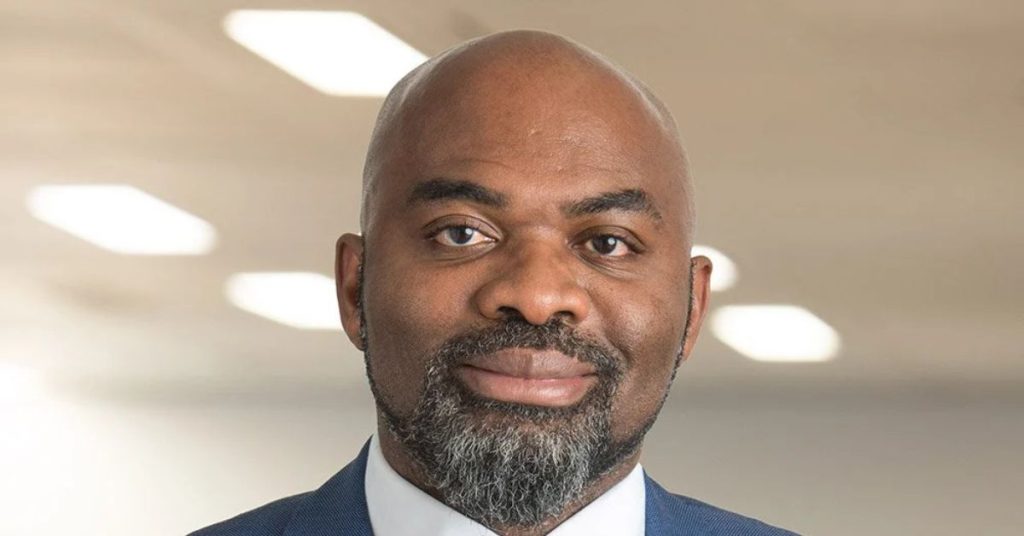Author: Ayeni Wole Dapo.
Role: Agile coach/Product Manager
My name is Ayeni Wole Dapo, a Technical Product Manager and an Agile coach. I hold a Bachelor degree in Project Management and an MBA in Digital Transformation. Today, I will be sharing with you insight from my experience as an agile coach and how I have helped technology companies/IT leaders leverage using agile processes to improve their existing processes to enable them to drive business value.
I would like to assume we are all aware that the tech space is a fast-paced tech environment, where time to market or delay in fixing a bug could make or break your business. So adopting agile methodology has become an important ingredient for successfully managing product development and value delivery for tech companies and IT leaders. I believe that, to fully understand the benefit of agile adoption, one needs to know the history citing the previous process – the waterfall process, its limitations, and its failures.
I have my background in project management. In school, I was taught that the traditional software development process is based on pre-organized stages ranging from requirements gathering to design, development, testing, and maintenance. Research also tells us that during this phase, many tech companies and IT leaders struggled with the limitations associated with the adoption of the traditional approach of planning software project delivery, which often resulted in missed deadlines, failed projects, and dissatisfied customers.
What is this Agile process and its impact?
Scrum.org, a body of knowledge within the Agile space, defines agile as a flexible, iterative approach to managing projects and developing products with a strong emphasis on continuous delivery, adaptability, and customer collaboration. We have seen over time how the adoption of agile methodology enables teams to respond quickly to changes and incorporate feedback throughout the development cycle, leading to better-aligned products and more satisfied customers.
According to Testim team report, An Agile Team Structure comprises of the following:
Product Owner
The role of a product owner is assigned to an individual member who manages the product backlog. They’re responsible for creating backlog items and ensuring transparency to bring maximum value to the team to reach the product goal.
The product owner can act as a proxy owner who knows what end product the team has to build. Hence, they also make the final call on any decision throughout the development process. However, every team member is free to discuss ideas and suggest any improvements to the product owner.
Scrum Master
The scrum master is responsible for guiding the team in applying agile values and principles in the development process. They monitor the goal status to keep the team going on the right track.
Besides supporting the development team, the scrum master even helps product owners find techniques for backlog management.
Development Team
The development team consists of the rest of the members, including developers, designers, and testers. The development team is involved in finding out how to build and turn the product owner’s vision into a deliverable product.
Source: Scrum.org
Agile Rituals comprise the following:
Sprint Planning
The event takes place at the beginning of each sprint and it consists of the development team, the Scrum master, and the product owner. This meeting starts with the product owner or Scrum master working with the development team to identify items the team will focus on for the current sprint goals. The product owner pulls an item from the product backlog while the team assigns story point estimates to the tasks to gauge how long it will take each item picked to complete. At the end of this exercise, everybody on the development team should know the end goal of the sprint and what specific items are going into the sprint backlog.
Daily Stand-Up
The daily stand-up meeting is a meeting where the development team updates the team members such as the Scrum master, and the product owner on what they’re working on. This meeting usually happens Once per day for 15 minutes, typically at the very beginning of the workday before everyone dives into their tasks, Everyone on the development team, including the product owner and Scrum master, discusses three main points: what they completed yesterday, what they’re working on today, and if they have any blockers in their way. It’s approximately a daily 15-minute standup.
Sprint Review
A meeting at the end of each sprint to review the completed work and gather feedback from stakeholders.
Retrospective
A meeting where the team reflects on the sprint and discusses what went well, what could be improved, and how to implement changes for future sprints.
Over time, I have introduced the new teams to the agile process using the following steps:
Step 1: I assess existing processes within the organization.
Step 2: I Identify the inefficiencies and challenges in the current system using a root cause analysis approach.
Step 3: I work with the management team to set Clear Objectives for wanting to adopt an agile process. it could be for faster time-to-market, etc.
Step 4: I help the team define metrics to track such as velocity, cycle time, and customer satisfaction to effectively measure the impact of agile adoption.
Step 5: I make recommendations to the management team on possible Agile Frameworks, such as Scrum, Kanban, or a hybrid approach they could adopt
Step 6: I make recommendations to the management team on possible Agile tools it could adopt such as Jira, Trello, or Asana, for task management and collaboration.
Step 7: I help provide comprehensive training for all employees.
Step 8: I work with the human resource team to appoint or hire a Product Owner, and scrum master and assign a development team to the project depending on the organization structure.
Step 9: I train the team on how to carry out key Agile ceremonies like daily stand-ups, sprint planning, sprint reviews, and retrospectives.
Step 10: I train the team on how to carry out backlog management and prioritization.
Doing agile the right way could have a profound impact on your operation. By adopting the Agile methodology, you could rapidly transform your team to become a high-value team, delivering high-quality products, and maintaining a competitive edge in their respective industries.
Contact information: ayeni.oluwole.oladapo@gmail.com









